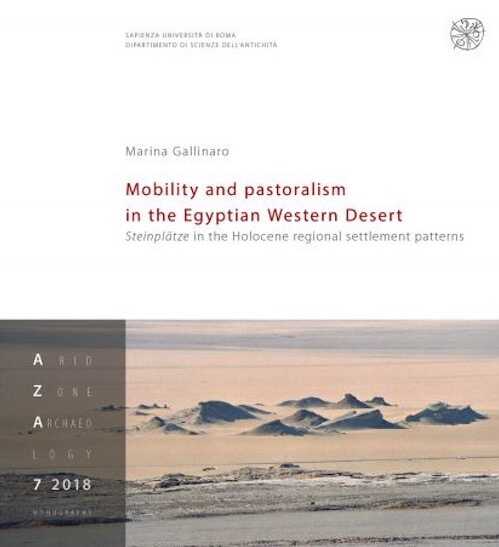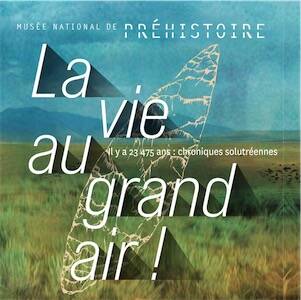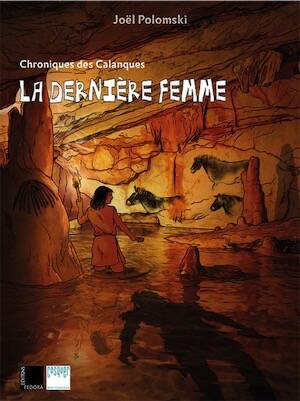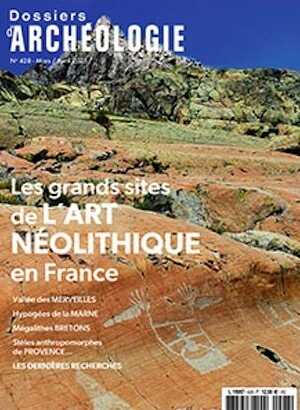- Recherche
- Recherche avancée

GALLINARO M. - Mobility and pastoralism in the Egyptian Western Desert. Steinplätze in the Holocene regional settlement patterns, 2018, 180 p. -
This volume presents the results of a long study begun in 2004 within the framework of the Archaeological Mission in the Farafra Oasis of Egypt directed by Barbara Barich and Giulio Lucarini, of the Sapienza University of Rome (now under the auspices of ISMEO). The book focuses on the features known as “Steinplatz-type hearths” and their role in the settlement patterns of the human groups living in the Egyptian Western Desert during the middle and late Holocene. Steinplätze are concentrations of burned and fire-cracked stones that vary in shape and size, and have often been slightly elevated above the present ground level by post-depositional erosion processes. Occurring both as isolated features and in clusters, they are often the only visible structures – or even traces – of ancient settlements. The study of these features is closely interconnected with the mobility strategies of the communities that inhabited this desert region during a period of higher average rainfall than at present but also characterised by significant climate fluctuations, with humid periods interrupted by dry spells and eventually ending in an overall trend towards greater desertification. The use of the Steinplatz-type hearths was most widespread in the second half of the sixth millennium BC, when mobile occupation strategies replaced a more sedentary model. An analysis of the Farafra Oasis Steinplätze is coupled with a general reassessment of the subsistence and mobility models hitherto proposed for the Eastern Sahara, suggesting an integrated occupation system for Farafra itself. The economy of the forager-herders of the middle Holocene, during the climate optimum (6900-5550 cal BC), seems to have relied significantly on herding small livestock, but also on hunting, and likely concentrated on the gathering of wild cereals such as sorghum. During the climate optimum, forms of seasonal stabilisation of the settlement strategy seem to emerge, with the alternating occupation of two different winter and summer villages consisting of clusters of stone-slab huts; short-term task-specific camps, using Steinplätze, logistically completed the system. After this phase, only short-term camps with Steinplätze were occupied. These were probably directly dependent on the wettest areas at the centre of the oases and made use of a tethered exploitation strategy, with brief movements from the central oasis (“daisy-chain” movements). The use strategies of the Steinplatz-type hearths within the mobile settlement system are outlined adopting a clear and immediately assessable model.
Référence : 50780.
Anglais
55,00 €
Dans la même époque
Nouveauté

La vie au grand air ! Il y a 23 475 ans : chroniques solutréennes, (cat. expo. Musée national de Préhistoire, Les Eyzies, oct. 2024 - mai 2025), 2024,...
Réf : 57844.
Français
29,00 €
Nouveauté

17,00 €
Nouveauté

Dossiers d'Archéologie n°428, Mars-Avril 2025. Les grands sites de l'art néolithique.
Réf : 57780.
Français
12,00 €

